@Garf @Jedi1199 @brandon429 @MnFish1 @Rmckoy @Obsessed with fish

 www.reef2reef.com
www.reef2reef.com
The above posted thread prompted me to conduct an experiment to answer some questions about a couple of things.
1. Instant cycling a tank with rock or bio media.
2. The effects of tap water on nitrifying bacteria that occurs during the Rip-Clean Method proposed by @brandon429 for cleaning rocks with algae issues, etc.
For the experiment:
1. I placed 4 gallons of RODI salt water with a 1.025 SG in my sterile 10 gallon QT tank with a heater and powerhead.
2. I brought the temperature up to 79 degrees and added ~4.5 pounds of rock that has been in my sump for at least 6 months.
3. I added 16 drops (4 drops per gallon) of Dr. Tim's Ammonia Chlorite per the directions to test for a cycled tank.
4. After 10 minutes I tested for NH3+NH4, NO2, and NO3. These were those results.
NH3+NH4 - off scale (high)
NO2 - zero
NO3 - zero
Obviously, after just adding the large amount of ammonia chlorite levels of NH3 and NH4 are expected to be high because the bacteria has not had time to process it.
If the tank does instant cycle I should see no levels of NH3 and NH4 tomorrow after 24 hours have passed per the directions for Dr. Tim's test to see if the tank is cycled.
"The cycle is completed when you can add the full dose of ammonia (2 to 3 mg/L-N) and overnight it all disappears to nitrate with no sign of nitrite. Now you can start to add fish."
If the tank is cycled I will proceed with the second part of the experiment which will include cleaning the tank to remove any possible nitrifying bacteria, starting with a new 4 gallons of heated RODI saltwater, rinsing and brushing the rocks for 1 minute in hot tap water, adding them back to the tank, and dosing with the 16 drops of ammonia chlorite again to see if the bacteria is still alive and can remove all NH4-NH3 within 24 hours.
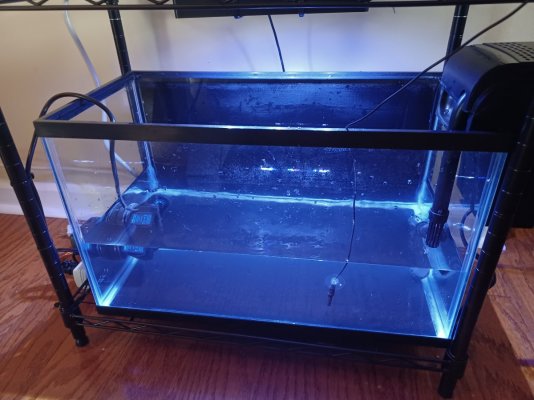
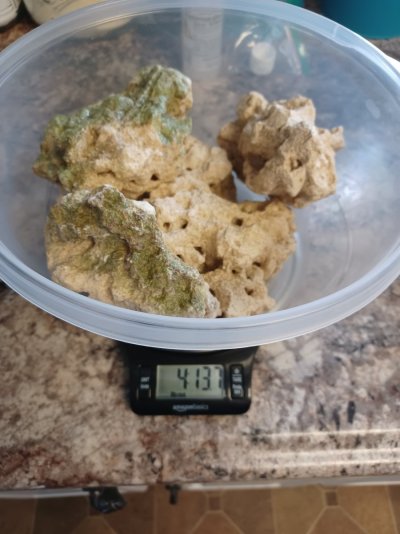
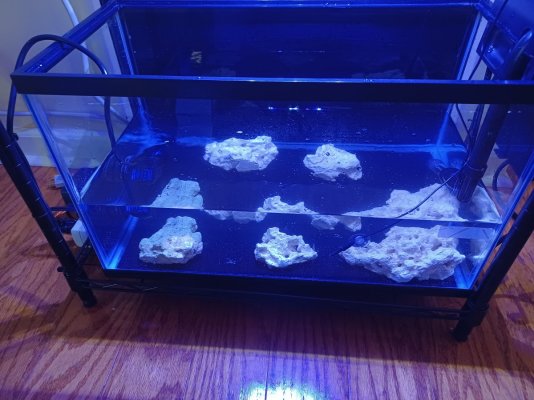
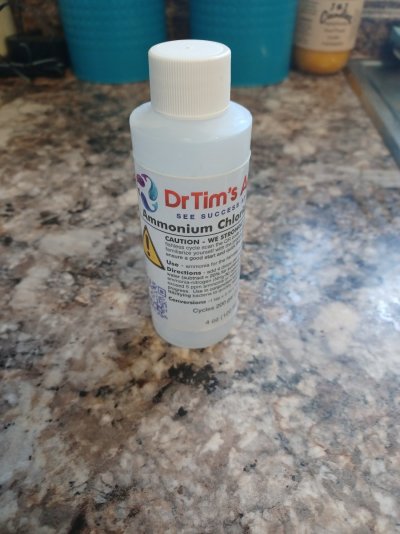
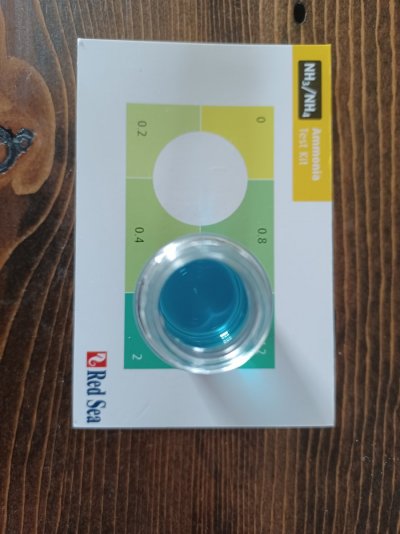
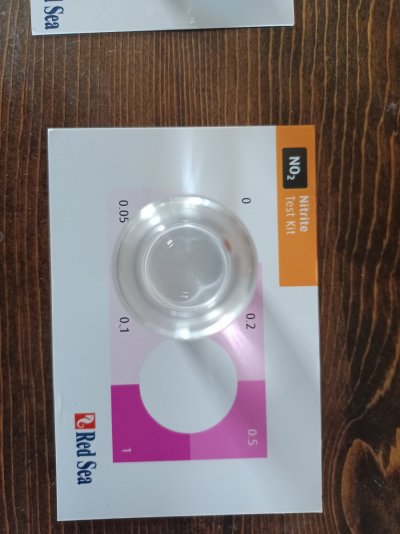
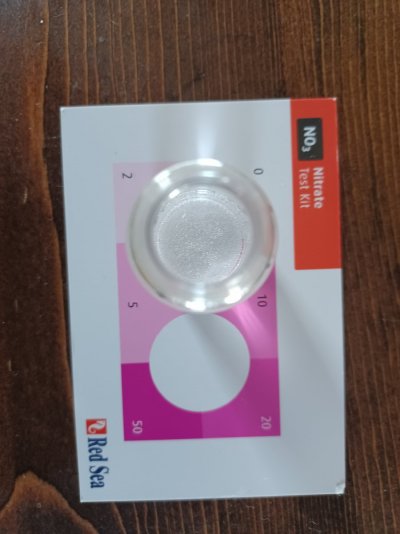

I have found the secret to cycling a tank intantly!
How to instantly cycle your tank. 1. Buy 2nd hand filter media from a cycled tank. 2. Put 2nd hand filter media in the filter. Only use 2nd hand filter media and make sure there's enough. 3. Buy 2nd hand gravel and put it in the tank. 4. Leave it all to settle for about a day then add fish...
 www.reef2reef.com
www.reef2reef.com
The above posted thread prompted me to conduct an experiment to answer some questions about a couple of things.
1. Instant cycling a tank with rock or bio media.
2. The effects of tap water on nitrifying bacteria that occurs during the Rip-Clean Method proposed by @brandon429 for cleaning rocks with algae issues, etc.
For the experiment:
1. I placed 4 gallons of RODI salt water with a 1.025 SG in my sterile 10 gallon QT tank with a heater and powerhead.
2. I brought the temperature up to 79 degrees and added ~4.5 pounds of rock that has been in my sump for at least 6 months.
3. I added 16 drops (4 drops per gallon) of Dr. Tim's Ammonia Chlorite per the directions to test for a cycled tank.
4. After 10 minutes I tested for NH3+NH4, NO2, and NO3. These were those results.
NH3+NH4 - off scale (high)
NO2 - zero
NO3 - zero
Obviously, after just adding the large amount of ammonia chlorite levels of NH3 and NH4 are expected to be high because the bacteria has not had time to process it.
If the tank does instant cycle I should see no levels of NH3 and NH4 tomorrow after 24 hours have passed per the directions for Dr. Tim's test to see if the tank is cycled.
"The cycle is completed when you can add the full dose of ammonia (2 to 3 mg/L-N) and overnight it all disappears to nitrate with no sign of nitrite. Now you can start to add fish."
If the tank is cycled I will proceed with the second part of the experiment which will include cleaning the tank to remove any possible nitrifying bacteria, starting with a new 4 gallons of heated RODI saltwater, rinsing and brushing the rocks for 1 minute in hot tap water, adding them back to the tank, and dosing with the 16 drops of ammonia chlorite again to see if the bacteria is still alive and can remove all NH4-NH3 within 24 hours.


























